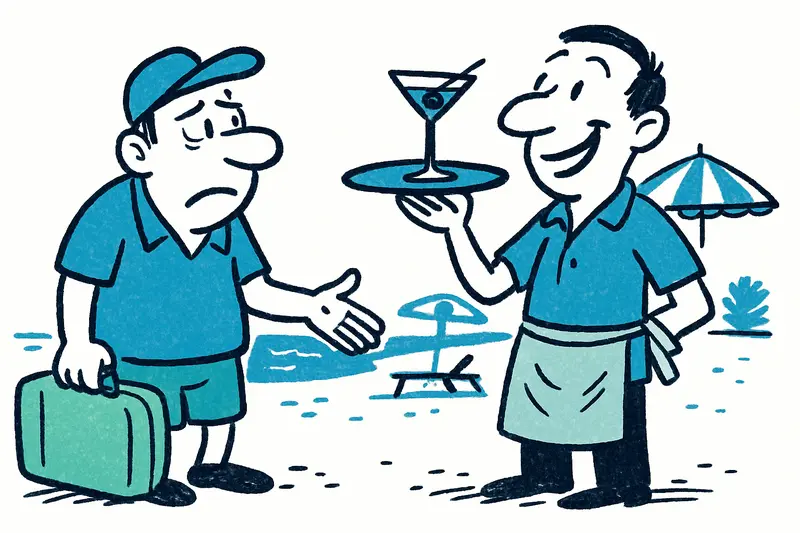The Balearic Islands are recording significantly higher hotel revenues this summer — hotels are raising prices, renovations are paying off, but the number of German guests declined somewhat.
Balearics reel in more revenue, the mix remains mixed
In the beach cafés along the Paseo Marítimo, the same thing has been heard for weeks: hotels report full booking lists and the bills at the end of the month are friendlier than expected. A current industry report shows that the island chain has achieved significantly higher hotel revenues this summer. You can also notice it from new lobby lighting and freshly painted façades — even in corners that used to feel a bit stuffy.
What’s behind the rise?
In short: higher prices and a few targeted investments. Many hotels have renovated in recent months, upgraded suites, and shifted the offering toward the upscale segment. If you’ve recently been in Cala Major or at Playa de Palma, you’ve seen the changes: more designer chairs, less 1990s concrete. The result is that average revenue per room has risen significantly — in some cases, for example on Ibiza and Formentera, peak values of over 200 euros per room have been recorded.
Who comes — and who’s missing?
A surprising point: somewhat fewer guests came from Germany. The statistics show a decline of around 4.4 percent compared with the previous year. Not dramatic, but noticeable, especially in hotels that traditionally cater to German-speaking regular guests. The loss was offset by other markets: British vacationers, but also travelers from Asia and some newly discovered niche markets ensured occupancy.
What does this mean for island residents and small providers?
More revenue at the large properties does not automatically translate into more money for everyone. Small guesthouses, market stalls, and promenade cafés feel the situation differently — some benefit, others notice that the new price structures do not automatically attract more customers for affordable offerings. At the weekly market in Inca, I heard a stall operator say: "People would rather drink expensive cocktails at the harbor than a café con leche with us." That says a lot.
Conclusion: Economically, things are looking up, but the distribution of profits remains an issue. Those living on Mallorca or visiting regularly feel the change: cleaner hotels, higher room rates — and on some days more international voices on the streets. Whether this will stay this way in the long term depends on demand, flight connections, and, of course, the weather on a typically changeable October morning.
Similar News

Around one-fifth of Mallorca's hotels stay open in winter
Mallorca isn't completely quiet in winter: around 20 percent of the properties stay open, mainly for older visitors and ...

Quality Seal for Vacation Rentals: Holidu and Island Council Agree on Stricter Rules
The Island Council and the German booking platform Holidu have reached an agreement: Only officially licensed vacation a...

Sóller and Port de Sóller: Autumn Crowds — Buses Packed, Parking Scarce
Even in October, many visitors still flock to Sóller and Port de Sóller. Residents report full buses, missing parking sp...

Due to Fire Hazard: Discover Airlines Bans Power Bank Charging On Board – What Mallorca Travelers Need to Know Now
Discover Airlines has banned charging power banks on board. Carry-on transport remains allowed, but Mallorca passengers ...

Vacation Rentals on Mallorca: Fewer Guests, Higher Earnings – A Mixed Balance 2025
Despite a slight decline in bookings, many private landlords on Mallorca can maintain or even increase their revenues th...
